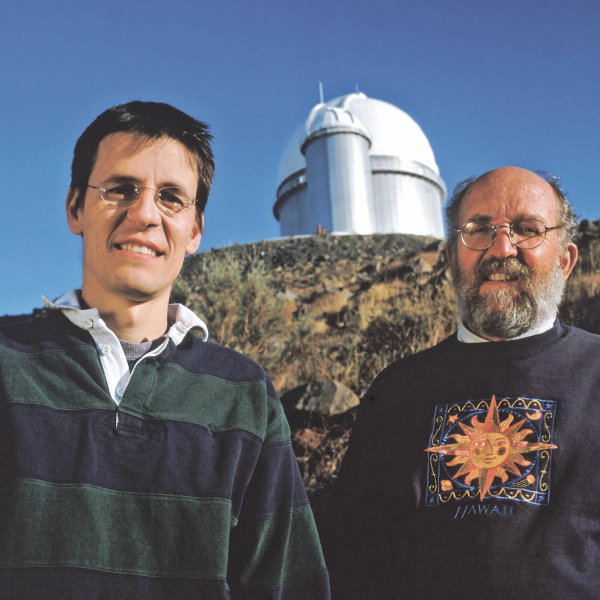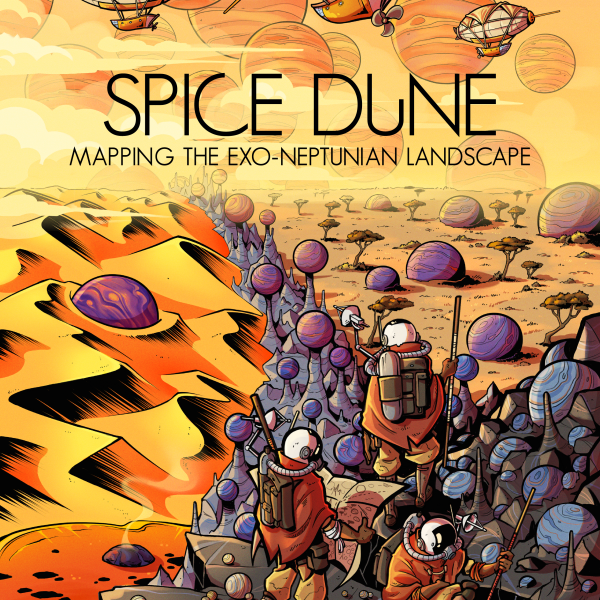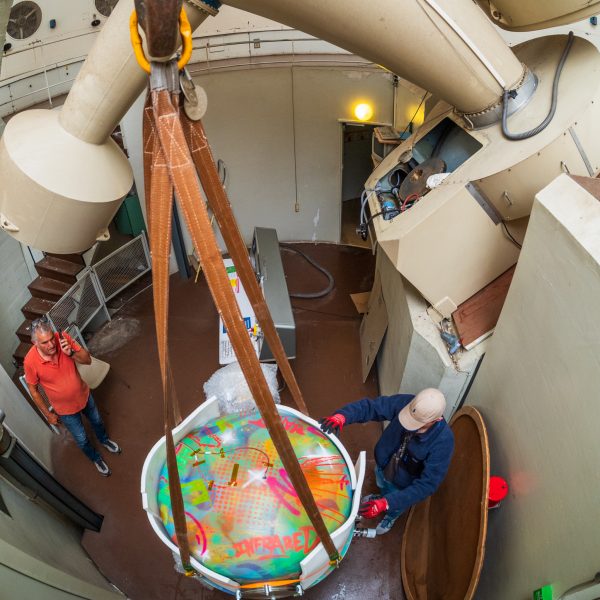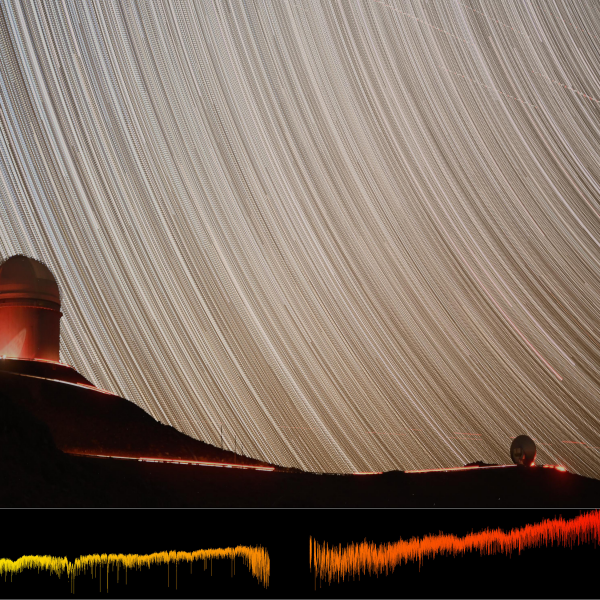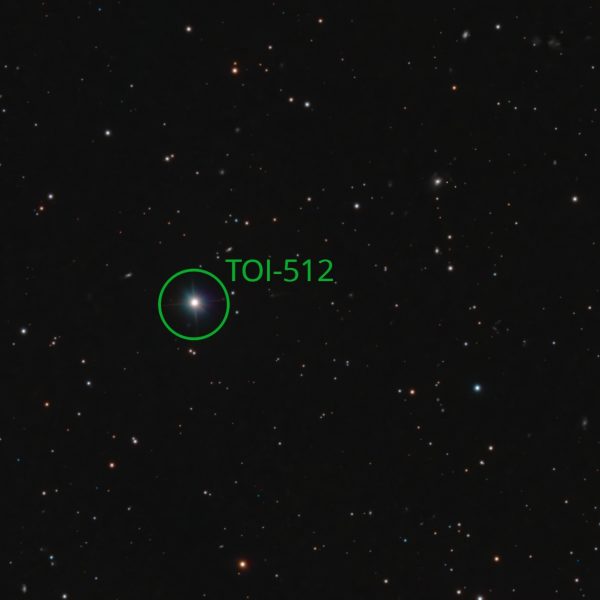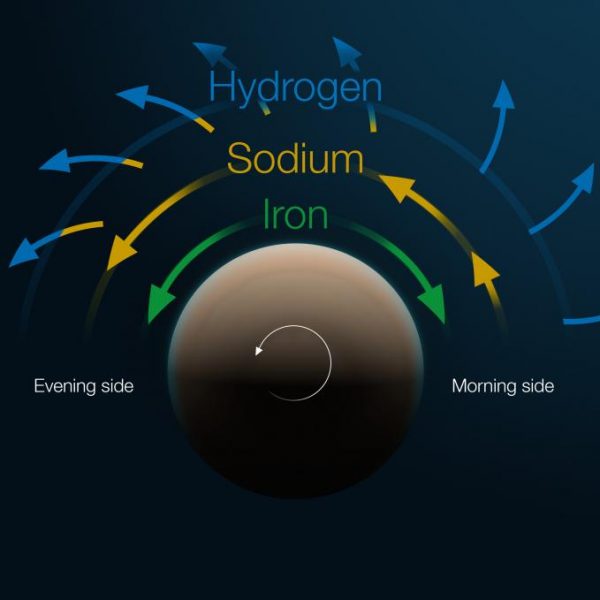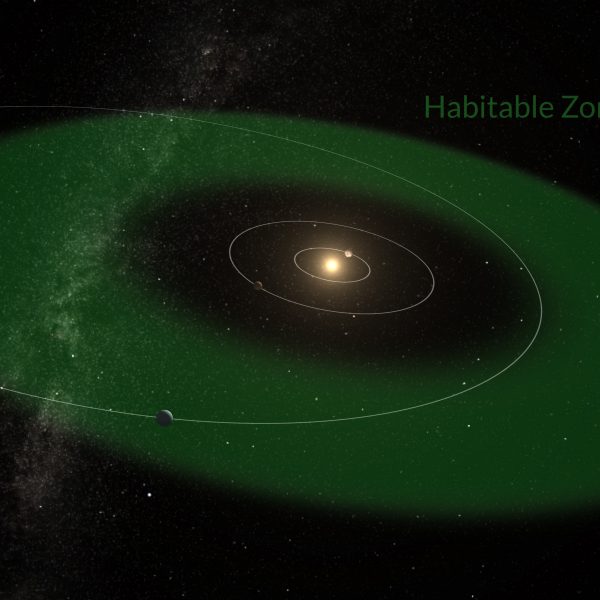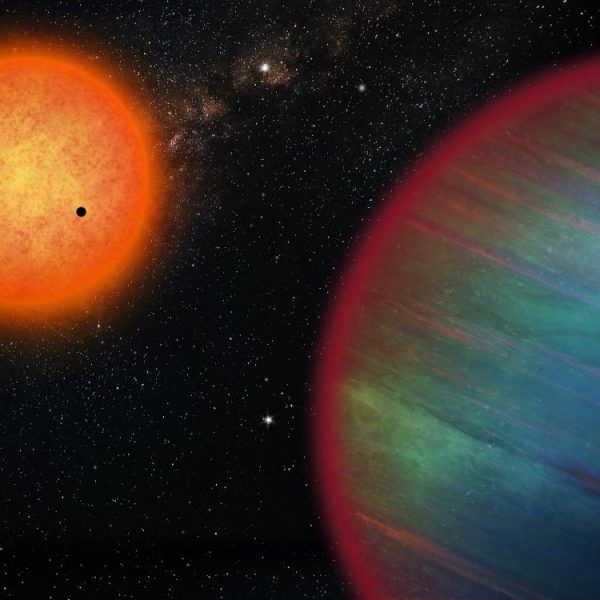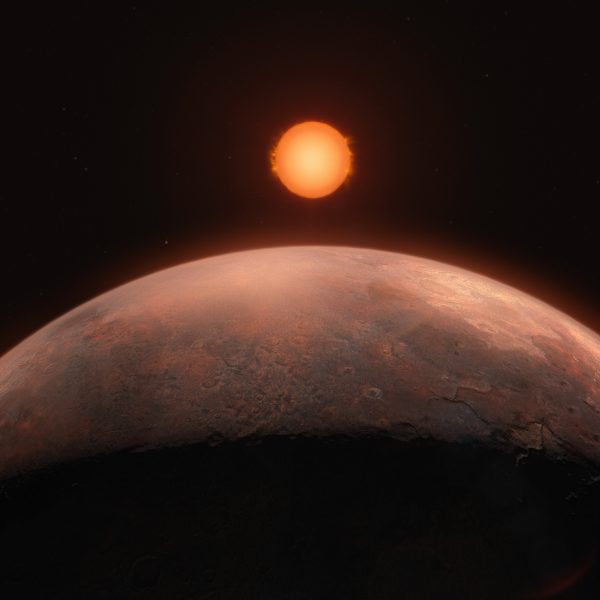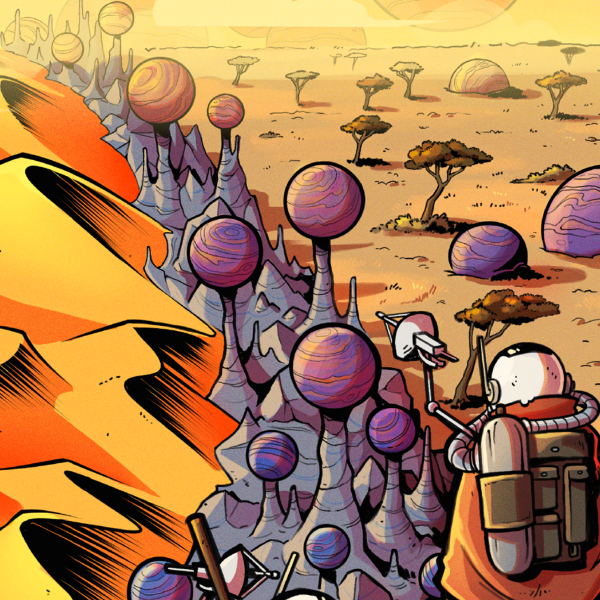Author Archive
30 years ago
Exactly 30 years ago, on October 6, 1995, the University of Geneva Observatory changed our view of the world with the announcement by two scientists, Michel Mayor and Didier Queloz, of the discovery of the first planet orbiting a star other than the Sun. However, it was in the 1970s that Geneva scientists began developing […]
Continue ReadingThe ATREIDES program in search of lost exo-Neptunes
An international scientific team led by the University of Geneva (UNIGE), including members of the UNIGE Astronomy Department, the National Centre of Competence in Research PlanetS, the University of Warwick, and the Instituto de Astrofísica de Canarias, has launched an ambitious program to map exoplanets located around the Neptunian Desert in order to better understand […]
Continue ReadingNIGHT – A new instrument to detect Helium in exoplanet atmosphere
The NIGHT (Near-Infrared Gatherer of Helium Transits) project is an instrument constructed at the Department of astronomy of the University of Geneva by members of the NCCR PlanetS, that will be used to study the near-infrared atmosphere of exoplanets during their transit. Helium indeed absorbs a thin band of infrared colours, enabling astronomers to detect […]
Continue ReadingNIRPS, a new eye on the sky in Chile
An international team led by the Universities of Geneva (UNIGE) and Montreal has published the first results from the NIRPS spectrograph installed on the European Southern Observatory’s (ESO) 3.6-meter telescope in La Silla, Chile. This new instrument, which operates in the near infrared, offers exceptional performance in detecting and characterising exoplanets, particularly around red dwarfs. […]
Continue ReadingObservational tango reveals a Super-Earth
An international team, including researchers from the University of Geneva (UNIGE) and the National Research Centre PlanetS, announces the discovery of a new super-Earth around a star slightly cooler than our Sun. Once again, the high-precision spectrograph ESPRESSO – designed and developed under the direction of the UNIGE – has made this discovery possible. The […]
Continue ReadingThis exoplanet’s extreme climate defies all models
WASP-121b is one of the most studied exoplanets. Known for its extreme conditions—such as clouds of metal vapor—it belongs to the category of ultra-hot Jupiters. To explore its mysteries, an international team of astronomers, including researchers from the University of Geneva’s (UNIGE) Department of Astronomy and the PlanetS National Research Center, combined observations from the […]
Continue ReadingA super-Earth laboratory for searching life elsewhere in the Universe
Thirty years after the discovery of the first exoplanet, more than 7000 have been discovered in our Galaxy. But there are still billions more to be discovered! At the same time, exoplanetologists have begun to take an interest in their characteristics, with the aim of finding life elsewhere in the Universe. This is the background […]
Continue ReadingNot all Hot Jupiters orbit solo
Hot Jupiters are giant planets initially known to orbit alone close to their star. During their migration towards their star, these planets were thought to accrete or eject any other planets present. However, this paradigm has been overturned by recent observations, and the final blow could come from a new study led by the University […]
Continue ReadingA sub-Earth detected around our neighbouring star Barnard
A team of scientists including researchers from the University of Bern, the University of Geneva and the NCCR PlanetS used the ESPRESSO Spectrograph to discover a sub-Earth mass exoplanet orbiting Barnard’s star, the second-closest star system to the Sun. This discovery helps to understand planetary formation around red dwarfs and provides insights into the diversity […]
Continue ReadingHidden exoplanets between the Neptunian desert and savanna
Astronomers have uncovered the ‘‘Neptunian Ridge’’, a newly identified feature in the distribution of exoplanets. This discovery, led by an international team including members of the University of Geneva, The NCCR PlanetS and the Centro de Astrobiología (CAB), highlights the complex dynamics within the Neptunian Desert, a region with a scarcity of hot Neptunes, and […]
Continue Reading
